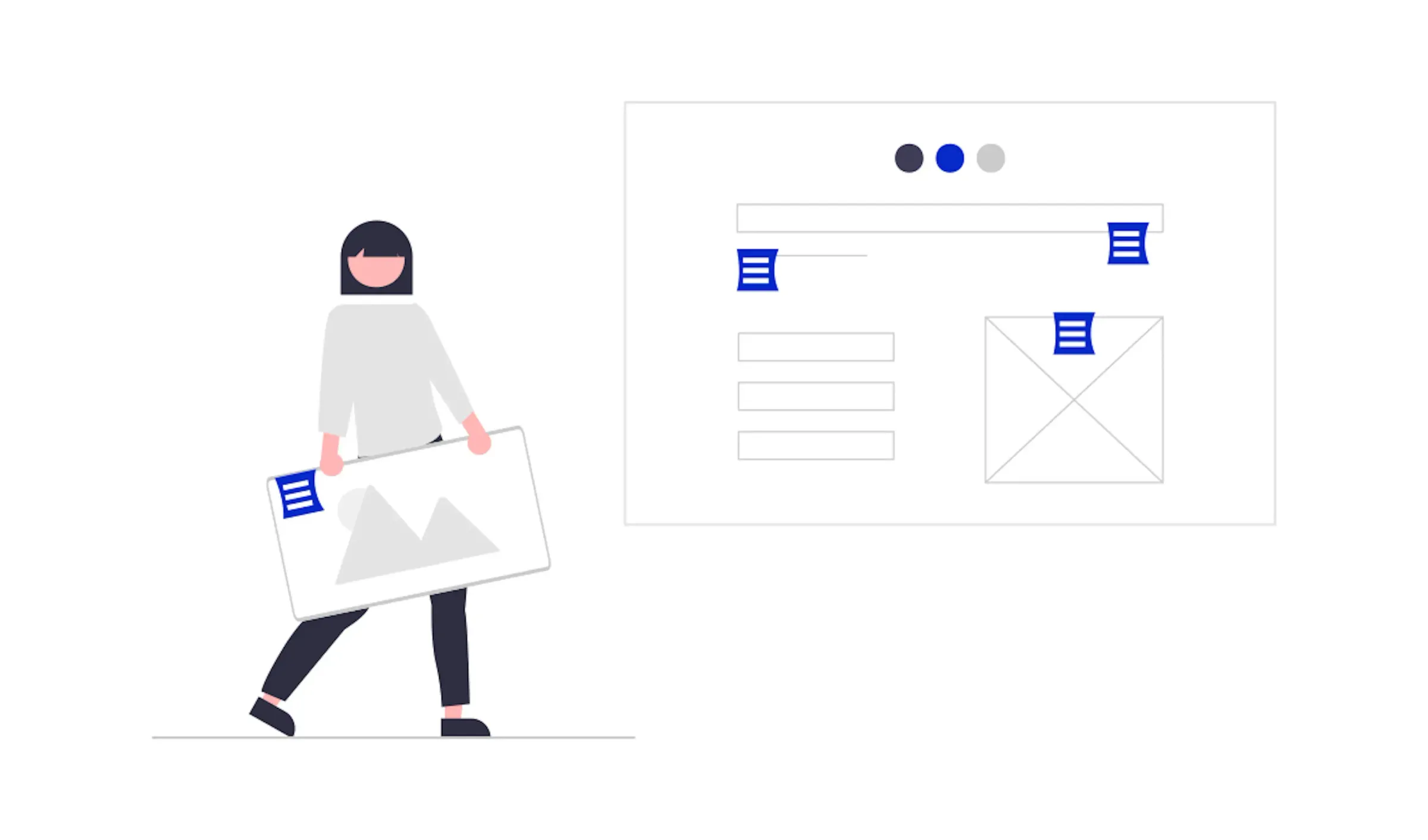Atomic Design: A Modern Approach to Web Design and Development for 2025
Efficient and scalable web design systems are essential for brands, especially when collaborating across teams and handling increasingly complex projects. Atomic Design, first coined by Brad Frost, remains a powerful methodology for creating modular, reusable, and scalable user interfaces. In today's fast-paced development environments, Atomic Design provides an intuitive and systematic framework to build high-quality, maintainable websites and applications.

Atomic Design breaks down the process of UI creation into five distinct stages or building blocks:
atomic design
Advantages of Atomic Design for 2025
1. Reusability
One of the core benefits of Atomic Design remains its reusability. Since components are modular, once an atom, molecule, or organism is created, it can be reused across many pages, reducing the need to rebuild elements from scratch. This is especially valuable in today's world of design systems and component libraries, where consistency and scalability are key. Components built with Figma, Storybook, or similar tools can be directly implemented in development frameworks like React or Vue.
2. Consistency
Atomic Design enables designers and developers to maintain consistency across multiple projects. By using a shared design system (often based on atomic-level components), teams ensure that the interface has a unified look and feel, improving user experience. This consistency is maintained across products, pages, and features, especially when combined with UI frameworks and design systems such as Material UI, Ant Design, or Tailwind CSS.
3. Scalability
The modular approach of Atomic Design makes it scalable in 2025. As websites and applications grow, you can easily introduce new atoms, molecules, or organisms to meet evolving needs without disrupting the entire project. For large-scale systems, tools like Storybook allow teams to isolate, test, and showcase components, while headless CMS platforms like Contentful help manage dynamic content that can be displayed across reusable templates.
4. Collaboration
In 2025, collaboration between designers and developers is more crucial than ever. Figma remains the go-to tool for many teams, especially with features like Figma Dev Mode, which allows developers to inspect designs, extract code snippets, and access design specs directly within the design files. This seamless collaboration between design and development teams accelerates the implementation of Atomic Design principles.
DesignOps and UX Engineers now play an integral role in ensuring that design systems are maintained and scaled across teams. They manage component libraries, facilitate design handoffs, and ensure consistency as new features are added to the project. Developers can easily access reusable components from a shared library, ensuring a smooth workflow.
5. Testing and Debugging
Testing individual components is easier than ever with Atomic Design. By isolating atoms, molecules, and organisms, each part of the UI can be tested independently, allowing for rapid iteration. Tools like Jest and Cypress enable developers to write unit and integration tests for React/Vue components, while Storybook lets teams preview and test UI components in isolation before integrating them into larger templates or pages.

Integrating Atomic Design with Modern Tools and Frameworks
As web development continues to evolve, Atomic Design integrates smoothly with the latest tools and technologies:
Design Systems: Many teams rely on shared design systems like Material UI, Tailwind CSS, or Carbon Design System that implement Atomic Design principles. These systems provide prebuilt, customizable atoms and molecules that ensure consistency across large-scale projects.
Component-Based Frameworks: React, Vue, and Angular allow developers to build reusable components that map directly to Atomic Design stages. These components are often styled using CSS-in-JS libraries such as Styled Components or Emotion, making it easy to encapsulate and reuse design elements.
Headless CMS: Modern content management platforms like Contentful, Strapi, and Sanity allow for the dynamic rendering of content, making it easy to pull in real-time content into Atomic Design templates. These CMS platforms decouple content management from the frontend, enabling teams to manage content efficiently while maintaining a consistent UI.
Figma and Design Tools: With Figma Dev Mode and Figma plugins like Zeplin and Lottie, the design-to-development handoff is seamless. Designers can specify component behavior, interactions, and design specs, and developers can inspect assets, export code, and implement components faster.

Atomic Design in Action: A Modern Workflow
Design Phase: Designers create atoms, molecules, and organisms in Figma or Sketch and define the rules for each component in the design system.
Development Phase: Developers build reusable components using React or Vue and implement them with Tailwind CSS or Styled Components. Content is dynamically fetched from a headless CMS and integrated into templates.
Testing Phase: Components are tested in isolation using Storybook and automated unit tests in Jest or Cypress. Performance and user testing are conducted to ensure that the UI components are functioning as expected.
Content Integration: Content is pulled from the headless CMS and populated into pre-defined templates. This allows content changes to be made quickly without affecting the design.
Conclusion
Atomic Design will be more relevant than ever in 2025. The combination of modular design, reusable components, and scalable systems makes it an essential methodology for modern web design and development. By integrating Atomic Design with design systems, headless CMS, component-based frameworks, and testing tools, teams can deliver high-quality, user-friendly web experiences that are consistent, maintainable, and easy to scale.
If you're ready to build your next website or web application using Atomic Design principles, let's talk!
Explore Atomic Design with Adapt
Let's build for the future.
